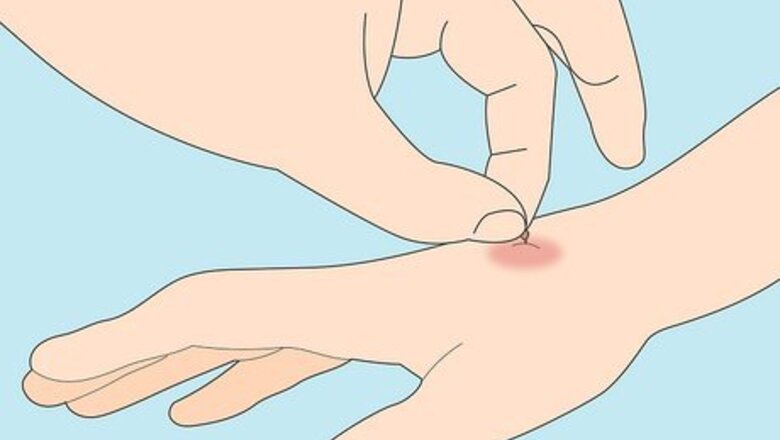
views
X
Trustworthy Source
Mayo Clinic
Educational website from one of the world's leading hospitals
Go to source
Immediate Relief
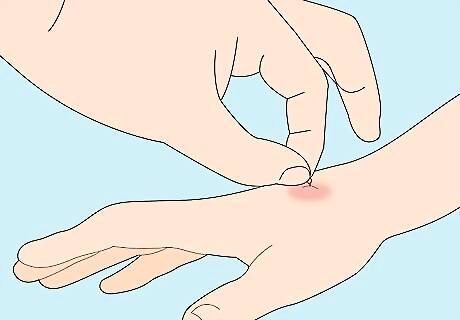
Remove the stinger if you haven't already. Use a clean, blunt object to scrape off the stinger, like a dull knife, a credit card, or your fingernail. Don't pull out the stinger, as this can cause more venom to spread.

Wash the sting with soap and water. Continue to do this 3 times a day until the sting has healed. Keeping the area clean helps prevent infection.
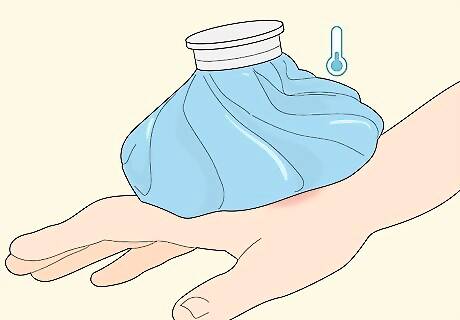
Ice the area. The best thing you can do for this sting is to ice it. Place ice in a wrap of some sort and keep it on the area for 10 minutes. Remove the ice for 10 minutes and then reapply it. Keep doing this in 10-minute increments for 30 to 60 minutes. This can provide immediate relief to the pain and itchiness you may be experiencing. Wrap an ice pack or some ice cubes in a towel or an old flannel. Just make sure you don't apply the ice directly, as this can be too harsh on your skin.
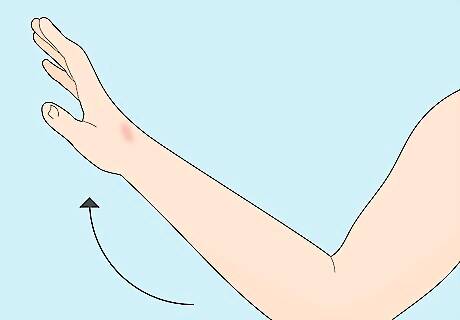
Elevate the sting if it's on your arm or leg. This helps reduce immediate swelling. If the sting is on your arm, raise your arm in the air. If you've been stung on the leg, lie down and elevate your leg on a pillow. It's also a good idea to remove any tight-fitting clothing or rings. These can be really hard to remove once the sting has started to swell.
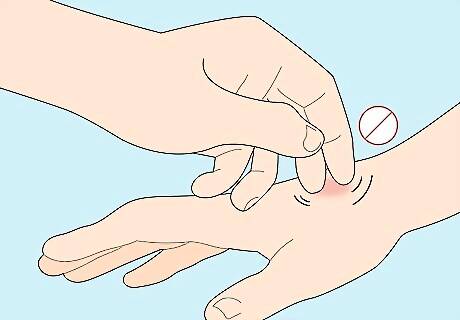
Avoid scratching the sting as best you can. Scratching can irritate the sting and prolong your symptoms. It can also increase your risk of developing an infection. Refrain from itching no matter how much you want to. If a little kid has been stung, cut their fingernails short and keep their hands clean. They may struggle to stop scratching the sting, so this can help reduce its impact.
Ongoing Treatment
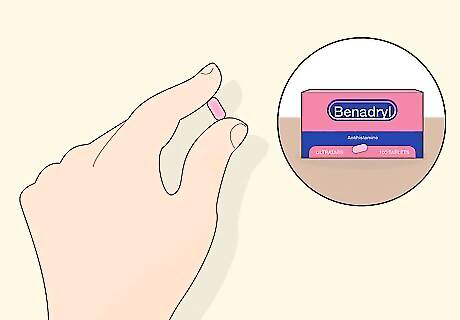
Take over-the-counter medication. Antihistamines (like Benedryl) can treat itching and swelling. OTC pain medication like acetaminophen (Tylenol) and ibuprofen (Advil) can also help with the pain. Take the medication according to the dosage on the label for however long your symptoms last. Usually, sting symptoms will last 2-5 days. Combine OTC pain medications with a topical cream of your choice to treat your sting.
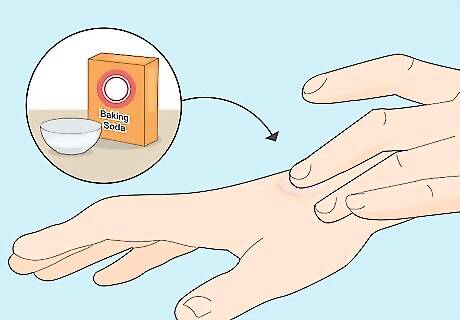
Apply a baking soda paste to the sting. This can help ease the pain and itchiness fast. Mix 2 teaspoons (9.6 grams) of baking soda with just a little bit of water so that the mixture has the perfect, paste-like consistency. Apply a dab of the homemade paste on your sting and reapply it throughout the day until your symptoms go away. For the best results, leave the paste on your skin for 15-20 minutes.

Use hydrocortisone cream. This is a topical cream that helps relieve itching. Take a fingertip-sized amount and gently rub it on the area where you were stung. Apply the cream up to 4 times a day to get relief. Use the cream until your symptoms subside.
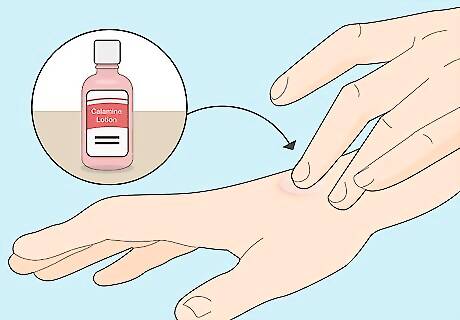
Try calamine lotion. This medicated lotion can ease the itch. Apply a small dab of the lotion to your sting and let it dry. Follow the instructions on the label and reapply it throughout the day to reduce your symptoms. This can be used as an alternative to hydrocortisone cream.
When to Seek Medical Treatment
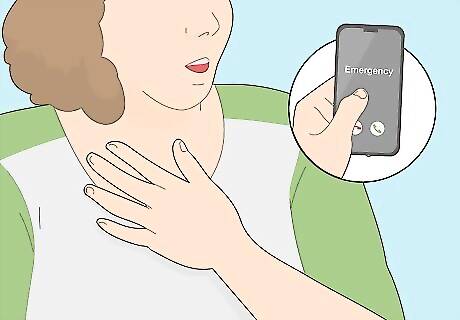
Call emergency services if you have an allergic reaction. You may be experiencing anaphylaxis. If you're having a bad reaction, call emergency services immediately to get medical help. These are the common symptoms of an allergic reaction: Difficulty breathing or wheezing Tightness in the throat Trouble speaking Nausea or vomiting Fast heartbeat or pulse Skin that severely itches, tingles, swells, or turns red Anxiety or dizziness Loss of consciousness If an anaphylaxis action plan has been established and an Epipen is available, don't wait; inject it. The less time wasted, the better.
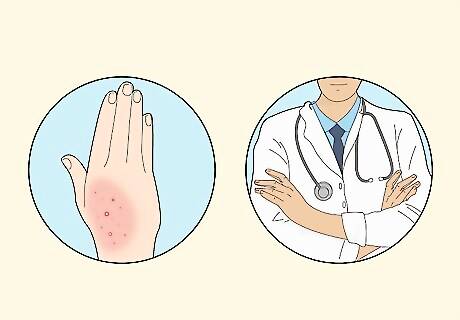
Visit the doctor if you suspect an infection. If your symptoms don't show any signs of improvement or get worse a few days after you were stung, it's possible the sting site has become infected. Call your doctor and schedule an appointment. They can take a look at the sting and determine the best treatment method. Other signs of an infection to watch out for include: Pus at the site of the sting Increased pain in the days following the sting Fever, swollen glands, and flu-like symptoms
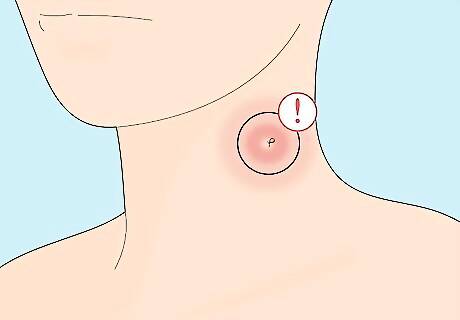
Go to the doctor if you were stung in your mouth, throat, or on your eyes. Swelling in the mouth and throat can cause you to have difficulty breathing, and a sting close to your eye can cause your eye to swell and impair your sight. To protect these sensitive areas, go to the doctor immediately if you've been stung. A doctor can help treat the sting and safely remove the stinger if you haven't already done so.



















Comments
0 comment